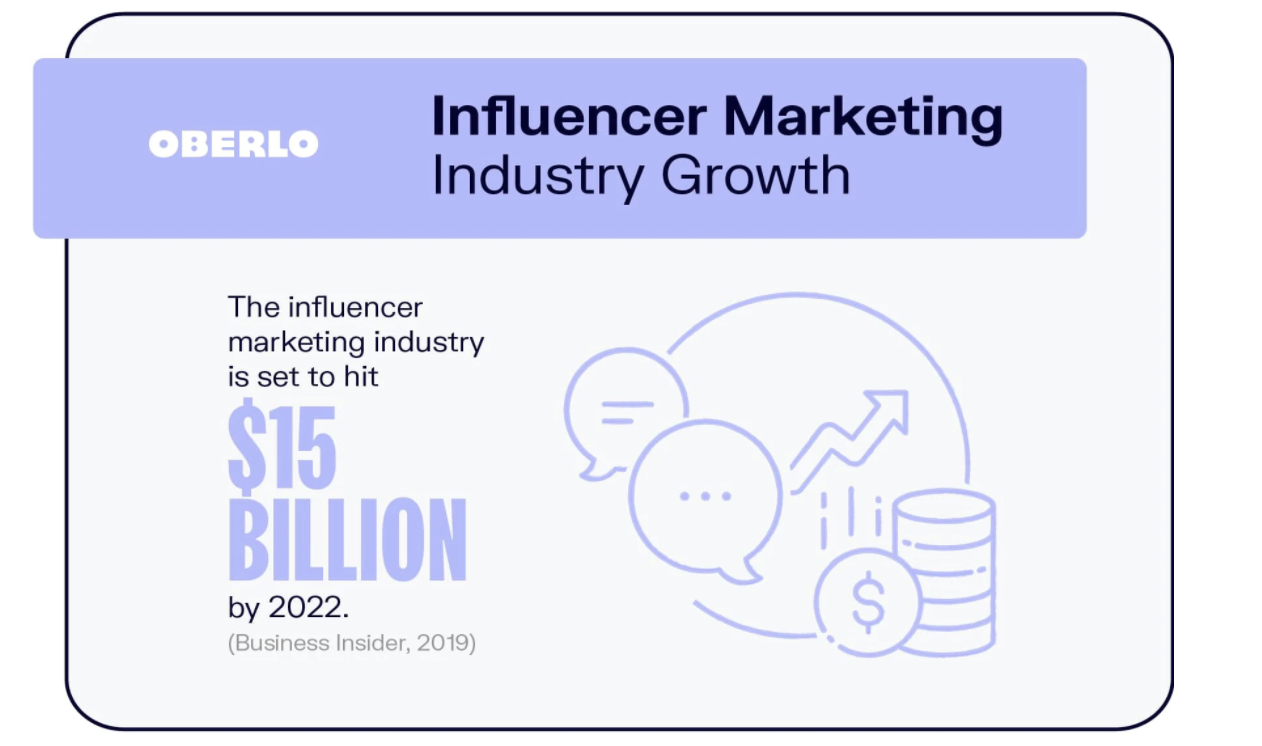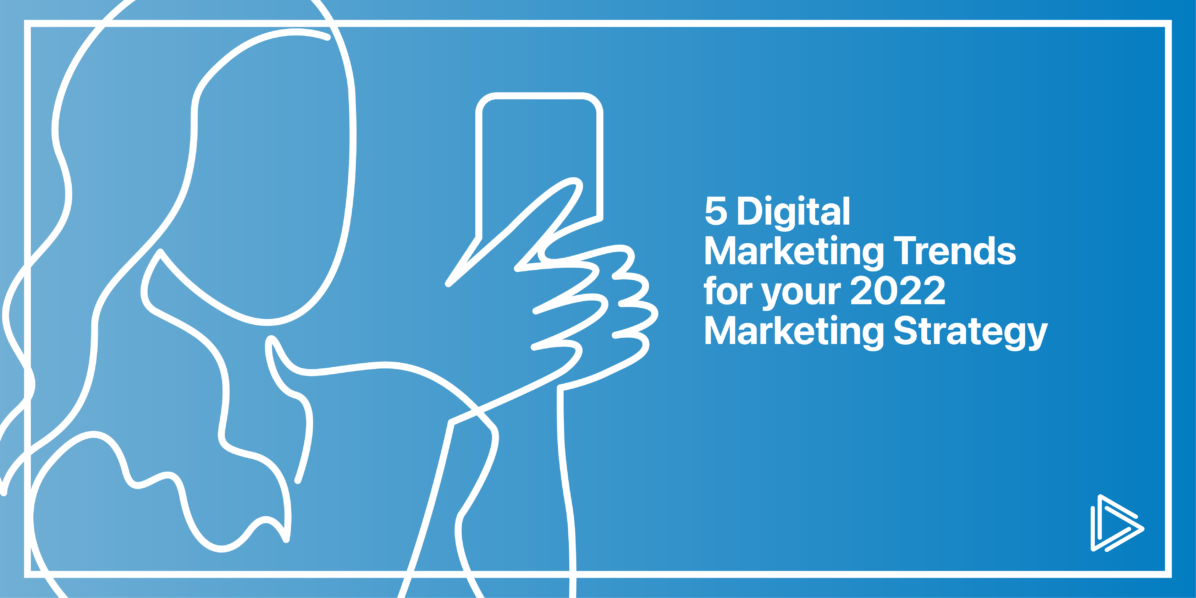With 2021 in the rearview mirror, brands and marketers alike are knee-deep into planning and setting objectives. What digital marketing trends should you adapt into your marketing strategy to ensure your business rises above the crowded crop in 2022?
The last year came with its highs (live stream shopping, TikTok’s continued growth) and it’s not-so-highs (we’re looking at you iOS 14), which resulted in changes in attribution, low visibility, and conversions, high CPMs, and, at times, unpredictable ROAS.
Our industry is fraught with changes; some you see coming (Google to phase out third-party cookies by 2023) and some you don’t. Given all the new digital marketing industry developments, we believe these five trends will be crucial in 2022.
5 Crucial Digital Marketing Trends to Consider in 2022
- In-platform eCommerce
- The rise of AI
- Alternatives to third-party cookies
- Next level influencer marketing
- Agility
In-platform eCommerce
Within the social ecosystem, more and more platforms are becoming sophisticated options for performance marketing, giving brands more choices when they build their ROAS-focused digital media plans.
Part of this evolution is a big push into eCommerce. In 2022, elements related to in-platform shopping such as Shoppable ads, payment processes, and product discovery (most likely using AI!) will be more present than ever.

You can find resources below for a more thorough look at the current social commerce capabilities per platform.
| Capability | Digital Platform |
|---|---|
| Shops | Facebook & Instagram, Pinterest, TikTok Shopping and Snapchat |
| Social Media Livestream Shopping | Facebook Live Shopping, Instagram Live Shopping, TikTok Live Shopping and YouTube Live Shopping |
| Shoppable Ads | Facebook Collection Ads, Pinterest Collection Ads, Instagram Shopping ads |
The Rise of AI
AI is most commonly used today to automate manual and repetitive tasks such as reporting and chat, expect to see a rise in the use of AI as part of a brand’s digital marketing strategy to analyze data, predict consumer trends and overall improve the user experience for their customers. We already know both Meta (formerly Facebook) and Microsoft are heavily investing here, with the rest of the industry likely to do the same.

Alternatives to third-party cookies
While consumers continue to demand privacy and control of their data online, brands must figure out a way to respect those wishes while continually growing their digital businesses. Focusing on effectively leveraging first-party data will be crucial for success. If you want to transform your marketing strategy with declared data, you should talk to our friends at Fluent.
Next level influencer marketing
Becoming a more integral part of digital media plans, the influencer marketing industry was estimated to grow to approximately $13.8 Billion in 2021. As more influencer platforms are using predictive AI and influencers are increasingly focused on performance metrics, influencer marketing is quickly maturing into a channel that delivers on brands’ business goals and competes with more traditional digital channels. Are you still on the fence about why Influencer Marketing is essential for E-commerce? Check out this blog post from 2021.

Agility
Personal and professional life has changed a lot since March 2020, and we’ve seen that those who were able to pivot quickly had a leg up on their competition. Therefore, from a marketing perspective, breaking down the walls of internal silos and working across departments (e.g., media, creative, data) to ensure quick planning and action is the only path to long-term success
Identifying key trends is just the beginning. More important is understanding which one will grow your business and being nimble enough to pivot to an emerging trend should you need to.
Are you looking for an experienced partner to help you achieve your business goals in 2022? You’ve come to the right place! Let’s chat about how we can help.
